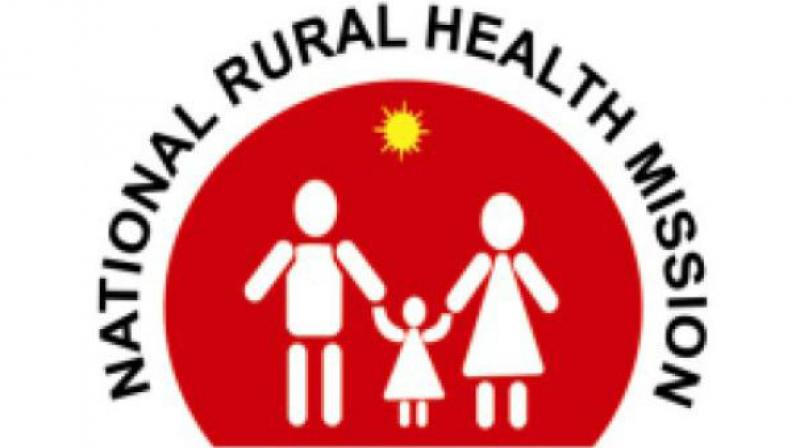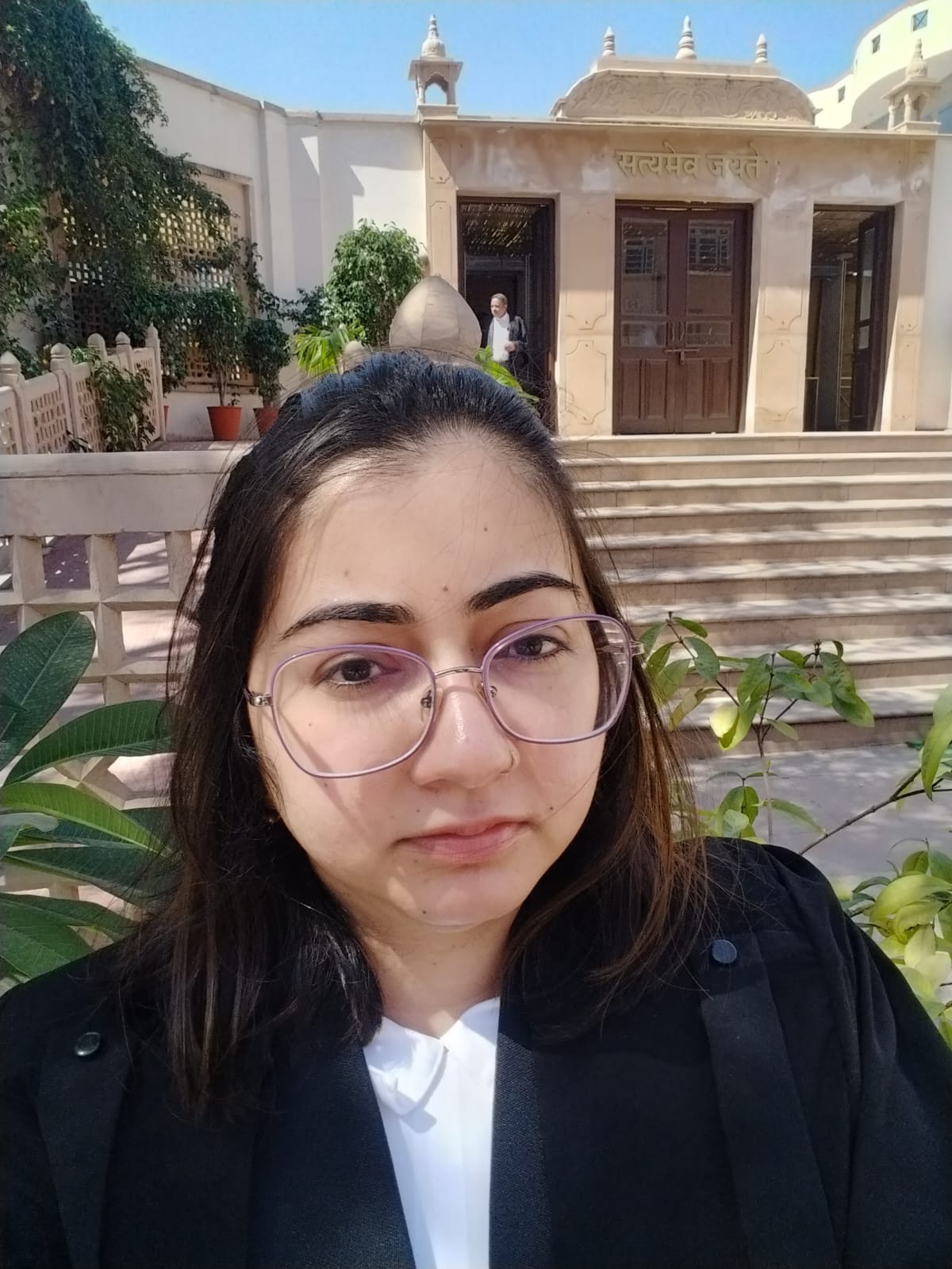According to the World Bank, almost 64.61% of the Indian population lived in rural areas in 2021. Most rural regions lack modern healthcare facilities and the advanced infrastructure required to provide quality services.

What is National Rural Health Mission?
The National Rural Health Mission was launched on 12th April 2005 to provide quality health care to the rural population. The Ministry of Health and Family Welfare implements it. It establishes a community-owned health delivery system through intersectoral convergence with a special focus on health determinants like water sanitation and nutrition.
National Rural Health Mission Objectives
The main essence of the National Rural Health Mission is to ensure a healthcare delivery system that focuses on decentralized, community-owned healthcare delivery. It also aims to provide support to those who contribute to the social determinants. The basic objectives are:
- To reduce the infant mortality rate and maternal mortality rate
- To ensure population stabilization.
- To prevent and control communicable and noncommunicable diseases
- To encourage intersectoral coordination
- To make the Public Health Care delivery system fully functional and accountable.
- To upgrade Aayush to promote a healthy lifestyle.
- Implementation of public-private partnership and MIS.
Components of National Rural Health Mission
The National Rural Health Mission includes core components like Health System Strengthening, Reproductive, Maternal, Newborn, Child, and Adolescent Health (RMNCH+A), and National Disease Control Programs. It also encompasses community participation initiatives like the ASHA program and Rogi Kalyan Samitis. Infrastructure development and human resource enhancement are key elements.
- ASHA: Accredited Social Health Activists (ASHAs) are community health volunteers. They act as a bridge between the health system and the community. They provide a range of health services, including home-based deliveries, immunization, and referral services.
- Rogi Kalyan Samiti (RKS): RKSs are patient welfare committees. These are responsible for managing the affairs of hospitals. They provide financial support to patients and their families. They also help to improve the quality of care in hospitals.
- United Grants to Sub-Centres (UGS): UGSs are grants that are provided to sub-centres to improve their infrastructure and services. This includes providing better equipment, training for staff, and improving access to care.
- Health Care Service Delivery: NRHM has helped to improve health care service delivery. This is achieved by providing ambulances, mobile medical units, and human resources. This has helped to reduce the time it takes for patients to access care and to improve the quality of care.
- Janani Shishu Suraksha Karyakram (JSSK): JSSK is a program that provides free transport, drugs, diagnostic tests, blood, and diet to pregnant women and sick newborns in public health institutions. This has helped to reduce maternal and neonatal mortality rates.
Strategies of National Rural Health Mission
NRHM strategies involve decentralized planning and a community-based approach to health services. It focuses on improving healthcare infrastructure and increasing the workforce in rural areas. The mission promotes public-private partnerships to ensure comprehensive healthcare.
- Decentralised village and district-level health planning and management: This strategy aims to give more power and responsibility to the local level so that they can plan and manage their own healthcare needs. This is done by creating the following:
- Village Health and Sanitation Committees (VHS&SCs) and
- District Health Management Societies (DHMSs).
- Appointment of Accredited Social Health Activist (ASHA)
- ASHAs are community health volunteers responsible for providing health care services to the rural population. They are trained to provide a range of services. This includes home-based deliveries, immunization, and referral services.
- Strengthening the public health service delivery infrastructure: This strategy aims to strengthen the public health infrastructure in rural areas. This is done by:
- building new health facilities,
- upgrading existing facilities, and
- providing equipment and supplies.
- Grants are provided to states and districts to improve their health infrastructure.
- Mainstreaming AYUSH: AYUSH is a system of traditional Indian medicine. It includes Ayurveda, Yoga, Naturopathy, Unani, Siddha, and Homeopathy. This strategy aims to integrate AYUSH into the public health system so that people have access to a wider range of healthcare services.
- Reorienting medical education: This strategy aims to reorient medical education so that it is more relevant to the needs of the rural population. This is done by introducing new courses and training modules on rural health. It also involves the provision of scholarships to students from rural areas.
- Promoting public-private partnerships: This strategy aims to promote public-private partnerships in the health sector. The government can leverage the resources of the private sector to improve healthcare delivery in rural areas.
Implementation Strategies
Core Strategies
- Train and improve the capacity of Panchayati Raj Institutions (PRIs) to own, control and manage all the public health services.
- Promoting access to improved health care services at the household level through the female health activist (ASHA).
- The health plan for each village through the Village Health Committee of the Panchayat.
- Strengthening the sub-centre through an untied fund which would enable the local planning and action and more Multi-Purpose Workers (MPW).
- Strengthening the existing PHCs and CHCs, and provision of 30 to 50 bedded Community Health Centers (CHCs) per lakh population for the improved health care to a normative standard (Indian Public Health Standards defining equipment, personnel, and the management standards).
- Implementation and Preparation of an inter-sectoral District Health Plan that will be prepared by the District Health Mission, including drinking water, nutrition, sanitation and hygiene
- Integrating the vertical Health and Family Welfare programmes at the National, State, District and Block levels.
- Technical Support provided to the National, State and District Health Missions, for the Public Health Management.
- Strengthening the capacities required for the data collection, assessment and review for the evidence-based monitoring, planning and supervision.
- Formulation of the transparent policies for the deployment and career development of the Human Resources for health.
- Developing capacities for preventive health care at primary levels for promoting healthy lifestyles, a decrease in the consumption of tobacco and alcohol etc.
- Promoting the non-profit sector that is particularly in the underserved areas.
Supplementary Strategies
- Regulation of the Private Sector including the informal rural practitioners to ensure the availability of quality service to the citizens at the reasonable cost.
- Promotion of Public-Private Partnerships for achieving public health goals.
- Mainstreaming the AYUSH – revitalizing the local health traditions.
- Reorienting the medical education to support all the rural health issues including the management of Medical care and Medical Ethics.
- Efficient and viable risk pooling and social health insurance to give health security to the poor people by ensuring the accessible, affordable, accountable and good quality hospital care.
Monitoring and Evaluation
- The health MIS to be developed up to the CHC level, and web-enabled for the citizen scrutiny.
- Sub-centres are to report on the performance to the concerned Panchayats, Hospitals to Rogi Kalyan Samitis and District Health Mission to Zila Parishad
- The District Health Mission monitors the compliance to Citizen’s Charter at the CHC level.
- The Annual District Reports on the people’s health (to be prepared by the Government/ NGO collaboration)
- State and national records/ reports on the people’s health to be tabled in Assemblies, Parliament
- External evaluation and social audit through the professional bodies/ NGOs
- Mid Course the reviews and appropriate corrections.
Eligibility for National Rural Health Mission Scheme
The targeted beneficiaries were socially backward people that are unable to access affordable health services in rural areas. Any permanent resident of declared rural areas is free to avail of the scheme benefits. The NRHM aims to serve socially and economically backward states.
How to register for the National Rural Health Mission (NRHM)
Application procedures for the National Rural Health Mission are not predetermined. If a person lives permanently in a region where NRHM is in operation, they can benefit from it. Before submitting an application for the NRHM, you can visit the National Health Mission’s official website and review all of your options.
FAQs
Which ministry supervises the NRHM scheme?
The Ministry of Health and Family Welfare supervises the NRHM scheme.
Why was the National Health Mission launched?
As per the Constitution of India, Article 47 the government must take measures for raising the level of nutrition and the standard of living of people to improve public health. Thus, the National Health Mission was launched.
